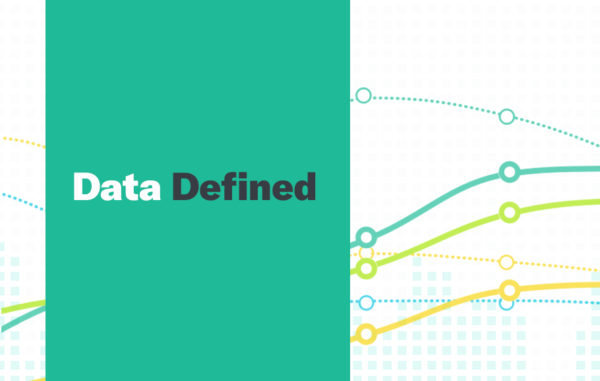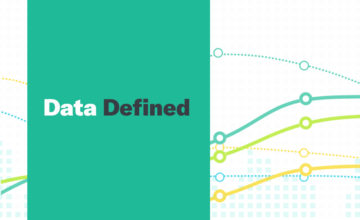Sentiment Analysis Defined
Sentiment analysis is the classification and identification of emotions within data using text analysis techniques.
Sentiment analysis uses various Natural Language Processing methods and algorithms, to allow businesses to identify customer sentiment toward brands , services or products through online conversations and feedback.
Sentiment analysis can takes various forms and models such as;
- Polarity (positive, negative, neutral)
- The detection of feelings and emotions (angry, happy, sad)
- The identification of intentions (e.g. interested v. not interested).
Of the types of forms and models mentioned above, the three most popular models of this type of analysis are:
- Fine-grained Analysis – If polarity precision is important, businesses should consider expanding their polarity categories to include:
- Very positive
- Positive
- Neutral
- Negative
- Very negative
- Aspect-based Analysis – For businesses that want to know which particular aspects or features users are mentioning in a positive, neutral, or negative way.
- Multilingual Analysis
Benefits of sentiment analysis include:
- Processing Data at Scale – this analysis helps businesses to process huge amounts of data in an efficient and cost-effective way.
- Real-Time Analysis – this analysis can identify critical issues in real-time.
- Consistent Criteria – By using a centralized analysis system, companies can apply the same criteria to all of their data, allowing for improved accuracy and better insights.
In Data Defined, we help make the complex world of data more accessible by explaining some of the most complex aspects of the field.
Click Here for more Data Defined.


